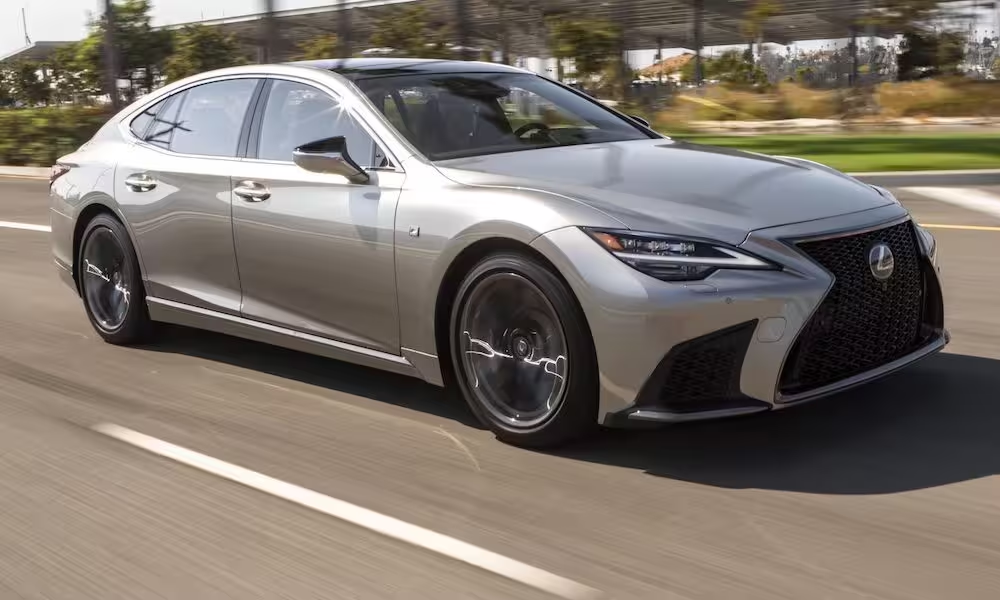LMP3 is the third tier in the Le Mans sportscar hierarchy, sitting below LMH / LMDh and LMP2. Since its debut in 2015, the category has been a stepping stone towards the bigger leagues and a cost-effective way for teams and drivers to go prototype racing.
LMP3 has become known for its soundtrack: a rumbling Nissan V8 engine built by ORECA. However, next year, the song will change as LMP3 governing body the ACO introduces a new V6 twin-turbocharged Toyota unit. ORECA is again building and supplying the next-generation engines, which produce more power but come with new challenges.
Why has LMP3 gone turbocharged?
You can discover the full story of LMP3’s major technical change in the next issue of Racecar Engineering, available on 4 October. Subscribe today!
But the short answer is that change was needed because LMP3’s current engine, the 5.6-litre Nissan VK56, is going out of production. ORECA has enough spare parts to service LMP3 cars that won’t be using the new turbo engine next year (essentially, every series except for the ACO’s European Le Mans Series and Le Mans Cup – the Asian Le Mans Series will adopt it at the end of 2025). However, VK56 parts will be thin on the ground after that. There are even some cars running the original Nissan VK50, which the VK56 replaced in 2020, in non-competitive track day settings.
The ACO’s reasons for introducing a twin-turbo engine, rather than go like-for-like with a new naturally aspirated one, were financial and technical. The financial aspect was to keep costs as low as possible by using a production-based engine. A next-gen LMP3 powertrain costs €89,200 within €299,000 for a complete car. The technical aspect was that the ACO wanted to align LMP3 with current road car and motorsport technologies, as well as increase fuel and sound efficiency. ORECA successfully pitched for the LMP3 engine supply contract with the Toyota V35A, which is found in several road cars including the Lexus LS 500.
ORECA’s winning pitch
Considering its long tenure supplying Nissan LMP3 engines to LMP3, ORECA first held discussions with the Japanese manufacturer. But none of its off-the-shelf engines met the technical and timeline requirements of the project, which has a minimum duration of five years.
‘Most manufacturers are doing a V6…
Click Here to Read the Full Original Article at Racecar Engineering…

